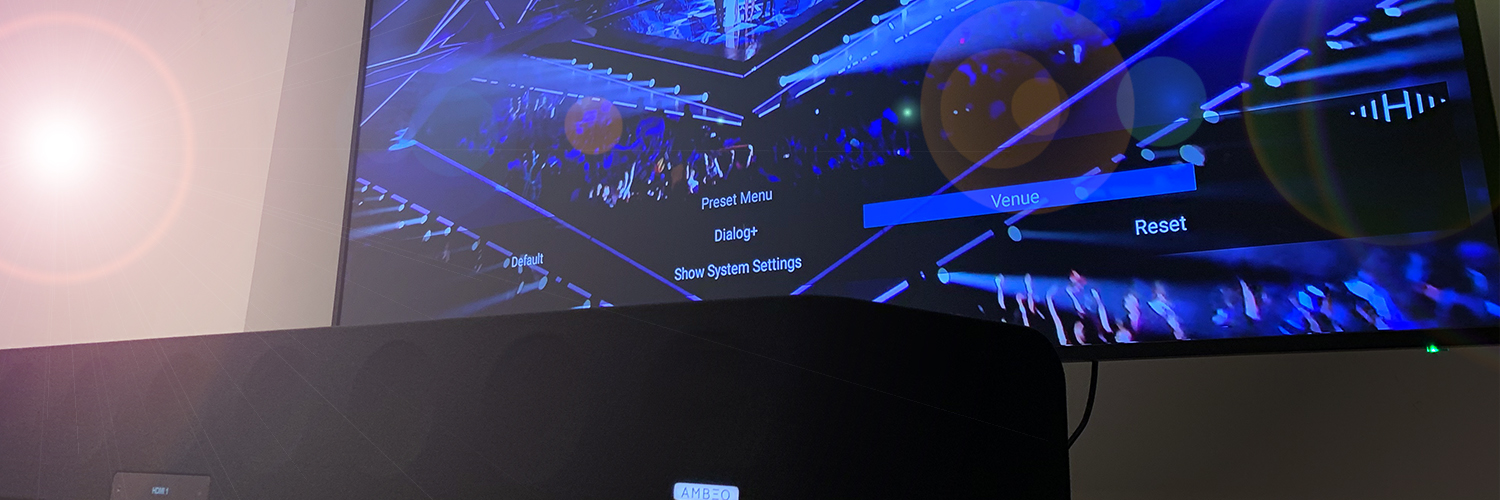Fraunhofer IIS and its technology partners, who conducted the MPEG-H Next Generation Audio (NGA) trial at the 2019 Eurovision Song Contest with the European Broadcast Union (EBU), are teaming up again for a demonstration at the IBC show. Together with Solid State Logic (SSL), ATEME, Jünger Audio (now distributed worldwide exclusively by the Telos Alliance), Telos Alliance and Sennheiser, Fraunhofer IIS will showcase an end-to-end transmission chain for MPEG-H Audio content at Europe’s major broadcast industry event. From September 13 to 17, 2019, the Fraunhofer booth B.80 in hall 8 will be one place where IBC visitors can experience production, transmission, reception and playback of immersive and interactive sound at the RAI Congress Center in Amsterdam, the Netherlands.
The 2019 Eurovision Song Contest (ESC) in Tel Aviv was produced twice: while millions of viewers all over the world were watching the popular music show in stereo or 5.1 sound, the EBU and its technology partners did another live production of the contest, which was mixed and transmitted using the MPEG-H Audio Next Generation Audio system. Able to deliver customizable and enveloping sound, this object-based audio technology aims to make the audience at home feel as though they were in the arena themselves. As part of the trial, journalists and EBU members on site in Tel Aviv were able to experience the MPEG-H Audio‑enhanced show as a DASH internet livestream and as a DVB-compliant live broadcast stream. The latter was also delivered live to broadcasters abroad via the Eurovision FINE network. The “produce once, deliver anywhere” feature is one of the great advantages of the MPEG-H Audio system.
At IBC, Fraunhofer IIS and its partners will recreate the live production process from the ESC: Fraunhofer’s sound engineers will use the System T S500m broadcast console provided by Solid State Logic to produce a 5.1+4H immersive mix of the show, including commentaries in five different languages as audio objects. The mix – audio alongside video – will then be sent to a Telos Alliance Linear Acoustic AMS or a Jünger Audio MMA MPEG-H real-time authoring and monitoring system for live authoring of the MPEG-H metadata and monitoring of various configurations. ATEME’s TITAN UHD broadcast encoder will be used to create a DVB‑compliant broadcast transport stream and, at the same time, DASH and HLS streams for delivery over the internet. At the end of the broadcast chain, the audio streams will be played back on the natively MPEG-H-enabled Sennheiser Ambeo soundbar, which is able to reproduce the immersive experience captured at the ESC. In addition, there will be a tablet at the Fraunhofer booth that receives the same program via HLS and plays back the immersive content binaurally rendered to headphones.
Thanks to its object-based nature, the MPEG-H Audio System provides immersive sound and enables the viewer to personalize a program’s audio mix, for instance by switching between different languages, adjusting the volume of a commentator, enhancing the dialogue, or choosing from various audio description options. Personalization features like the latter enable broadcasters or providers of video streaming services to offer more advanced accessibility services. In terms of content delivery and playback, MPEG-H Audio’s universal delivery concept ensures the best sound regardless of the receiving consumer device or listening environment. MPEG-H Audio is standardized in ATSC 3.0, DVB and SBTVD/ISDB-Tb, as well as 3GPP. In South Korea, terrestrial ATSC 3.0 broadcasting with MPEG-H Audio is already on air, making MPEG-H the world’s first commercialized next-generation TV-audio technology.
Visit Fraunhofer IIS and its technology partners at IBC: hall 8, B.80; EBU: hall 10, F.20; Solid State Logic (SSL): hall 8, D.83; ATEME: hall 1, D.71; Jünger Audio: hall 8, D.47; Telos Alliance: hall 8, D.47; Sennheiser: hall 8, D.50.
Read more about the ESC trial:
https://tech.ebu.ch/news/2019/05/immersive-and-personalized-audio-at-the-eurovision-song-contest
https://www.avinteractive.com/features/case-studies/eurovision-making-masterpiece-23-06-2019/
More about MPEG-H Audio:
Header image © Adrian Murtaza – Fraunhofer IIS

